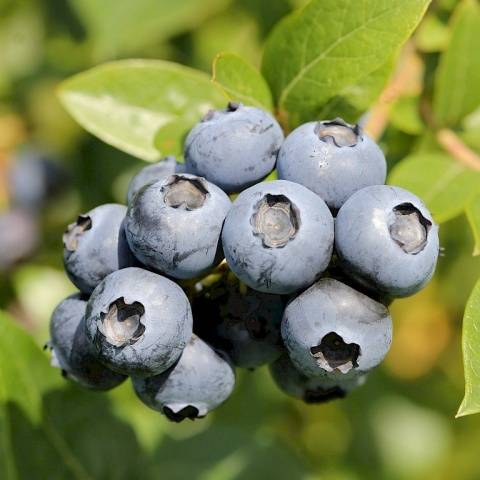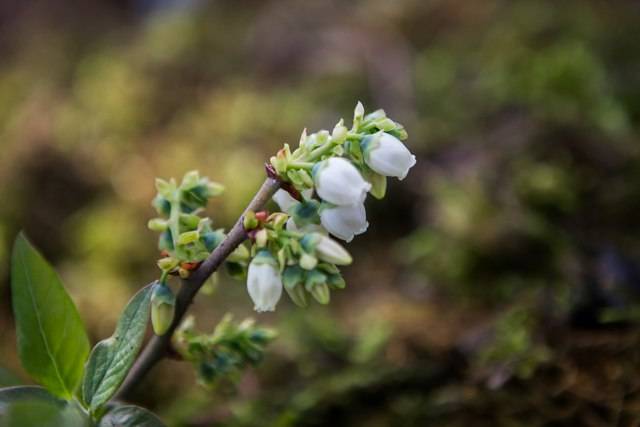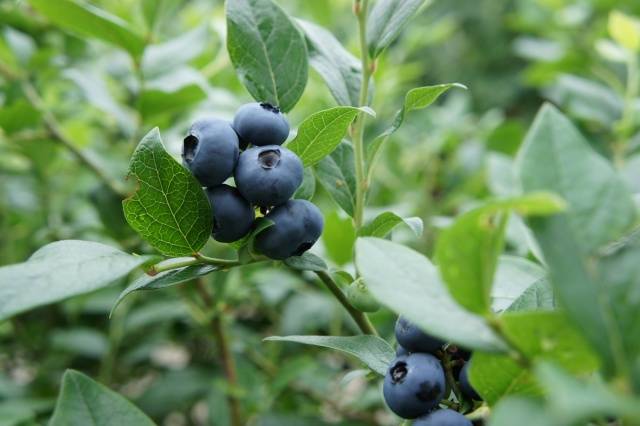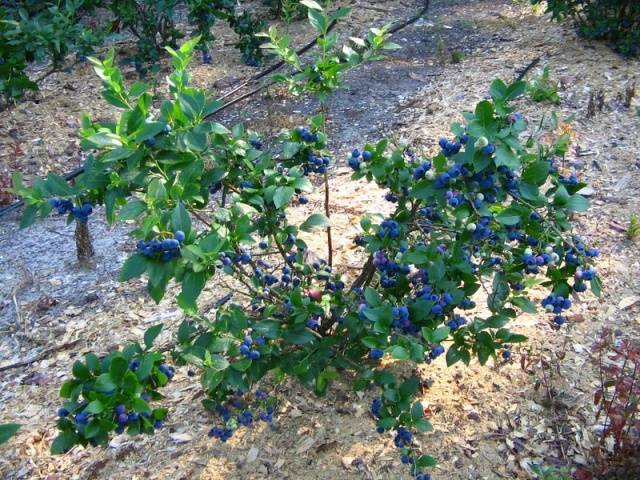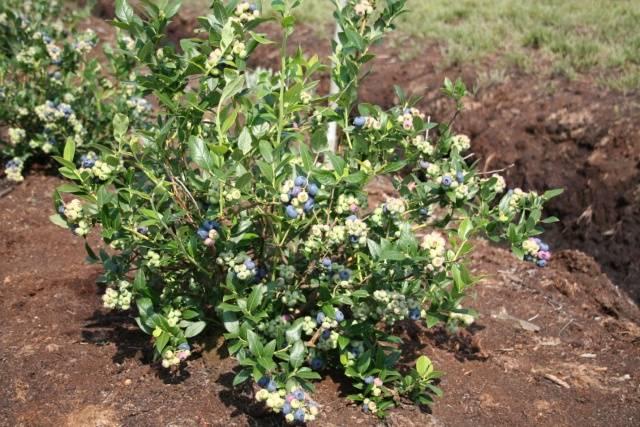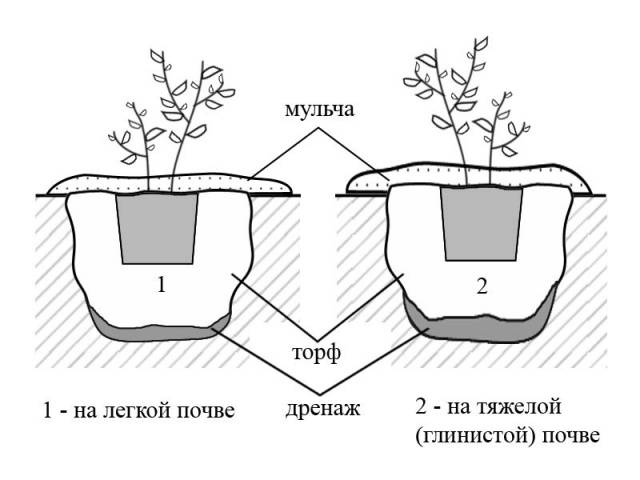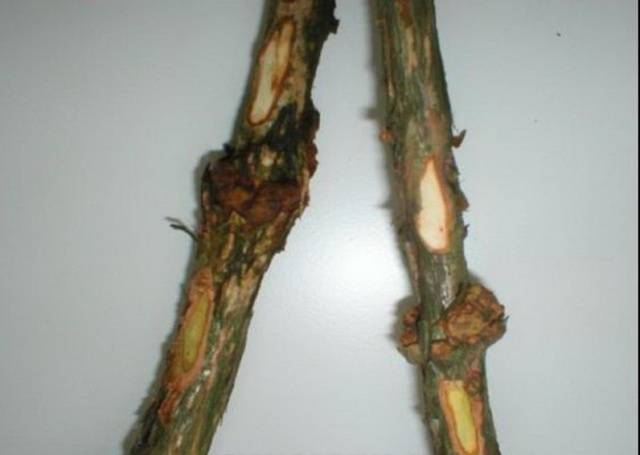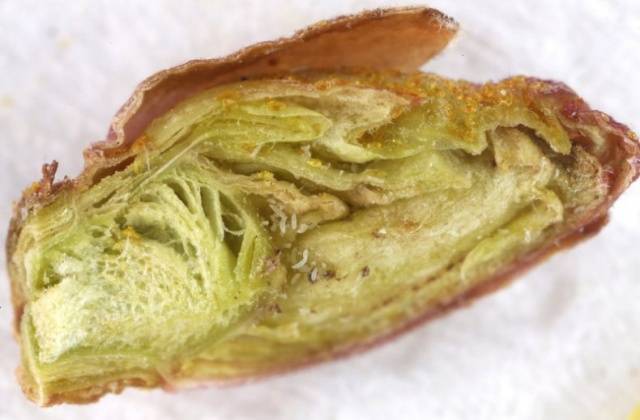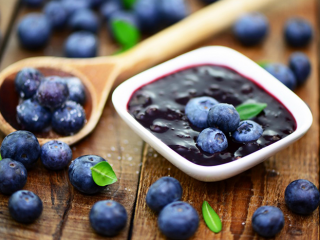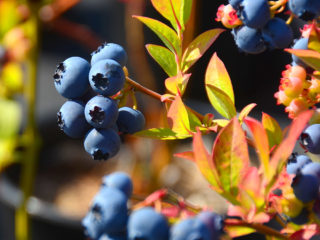Content
The North Blue blueberry is a medium early hybrid that gives a bountiful harvest of large and tasty berries, despite its short stature. The plant is winter hardy, suitable for growing in harsh climatic conditions. Blueberry care is easy.
Breeding history
The North Blue variety has been bred by breeders in the United States as part of a breeding program since 1973. Seedlings US-3, G-65, Asworth are called parents. The intermediate hybrid of tall species and narrow-leaved Canadian blueberry is particularly frost-resistant.
Description of berry culture
The hybrid is striking in its abundant harvest of fruits, therefore it quickly spreads in regions with a short warm season.
General understanding of the variety
The shrub rises only 60-90 cm. The root system of blueberries is fibrous, branches densely, and is located in the upper soil layer. A hybrid of medium vigor, creates up to 5 young shoots per season. Straight powerful skeletal branches diverge in rays to the sides, forming a spreading crown, which in circumference is approximately equal to the height. The annual growth of North Blue blueberries is from 30 cm, green with a matte effect. Old branches are light brown. The leaves are ovoid, pointed, glossy on the upper side of the plate, 4-6 cm long. On the side branches of blueberry bushes, flower panicles are formed, 6-10 white-cream flowers of a beautiful bell-shaped shape.
Berries
Fruits are collected in clusters in clusters. The tall North Blue blueberries have large berries with a small scar. Fruits from 15 to 18 mm wide, weighing up to 2.5 g. The flesh of the North Blue fruit has a dense structure, attractive taste, aromatic, sweet, without cloying, with a slight sourness. The tasters gave them the highest mark.
The peculiarity of the berries of the North Blue hybrid is a high content of pigments of the glycoside group - anthocyanins. The strong skin of the berries, under their influence, acquires a rich shade of ultramarine, on top of a waxy bloom. 100 g of dry North Blue berries contain 6.73 g of anthocyanins, which exceeds the characteristics of other blueberry varieties by 2-3 times. These are not just colorants, they are active antioxidants.
Characteristic
The compact North Blue bush is popular for its unpretentiousness and sufficient decorative effect.
Main advantages
The variety is grown in those regions where tall blueberries freeze. Shrub withstands up to -35 aboutC. Frost resistance decreases in snowless winters. At the same time, the hybrid, created on the basis of undersized species, is moderately resistant to drought, withstands short-term drying out of the soil. In the sultry summer, the plants are watered. According to reviews about North Blue blueberries, the plant develops well on acidic light soils, it is undemanding to care. Ripe berries are stored for 10 days, they have a dry separation from the stalk, and are suitable for transportation.
Flowering period and ripening time
North Blue blueberry buds bloom in late May, flowering lasts up to 20 days. The ovaries ripen within two months. The fruits are harvested from late June or early August to September. The ripening of blueberries is influenced by spring frosts, air temperature, soil moisture and the presence of mineral dressings.
Yield indicators, fruiting dates
North Blue blueberry descriptions mention its self-fertility, but many gardeners still advise planting several bushes of culture nearby. Due to cross-pollination, the yield is significantly increased, and a lonely bush gives only a third of the berries out of the total number of flowers. In addition, observations show that the fruits on plants surrounded by neighboring blueberry bushes are sweeter and more tender. North Blue bears fruit stably every year, from 1.2 to 2.5 kg of berries are harvested from the bush per season.
Signal berries are formed under good conditions and in the first season after planting. Experienced gardeners recommend allowing blueberries to grow wood and break off ovaries. The bush enters fruiting in the 2-3rd year.
Scope of berries
Blueberry fruits are useful fresh or in the form of fresh juice. Jam, compotes are harvested from berries, frozen. Used as a fragrant filling in pies.
Disease and pest resistance
According to the characteristics of the variety, North Blue blueberries are not susceptible to diseases such as anthracnose, moniliosis, white spot, gray rot, which affect berry bushes. The plant is protected from aphids, various caterpillars and ticks, grub larvae.
Advantages and disadvantages of the variety
The clear benefits of the shrub contribute to its spread:
- frost resistance;
- high consumer qualities of fruits;
- yield of a relatively compact bush;
- decorativeness of the plant.
Demanding on a sunny landing site is attributed to the disadvantages of the variety.
Landing rules
The hybrid will grow well and produce a bountiful harvest if the rules are followed when planting.
Recommended timing
Spring is the best time to move blueberries into the garden. Plants in containers are planted later, in early summer. In areas with warm climates, you can plant North Blue blueberries in the fall, at long intervals before the onset of frost, so that the bush takes root.
Choosing the right place
Although the low shrub was bred on the basis of wild plants from wetlands, garden blueberries require completely different conditions:
- drained light soils, preferably peat bogs, sandy or loamy, and good lighting without partial shade will provide the expected berry yield;
- with the help of testers, it is necessary to analyze the acidity of the soil in the garden - optimal pH values: 3.8-5;
- the occurrence of groundwater is not higher than 60 cm.
Soil preparation
Plant North Blue blueberries in a carefully prepared substrate if the garden soil does not meet the requirements of the variety. A pit 70 x 70 cm wide is prepared so that a 30-50 cm layer of high-moor red peat fits. Or they prepare a substrate from 3 parts of peat, 1 - leaf, 2 - coniferous soil. Lay 10 cm of drainage at the bottom.
Selection and preparation of seedlings
The stems of a healthy North Blue shrub are firm, the buds are alive, the bark is intact. If the seedling is purchased in a container, it is soaked in water for several hours before planting. The roots are straightened, because in crowded conditions they get lost in a lump.
Algorithm and scheme of landing
Before planting, a peg is hammered to tie the trunk:
- the prepared seedling is deepened into the pit, straightening the roots horizontally woven in an earthen coma;
- the root collar is 5 cm below ground level;
- sprinkle with a substrate, tamp, water, mulch with needles or pine sawdust;
- seedlings above 40 cm are cut by 100-120 mm.
Follow-up care of the culture
Growing North Blue blueberries requires the grower to pay attention to pruning and mulching the trunk circle.
Necessary activities
North Blue blueberries are watered during periods without rain, 10 liters under a bush in 2-3 days. The soil is moistened, but without stagnant water. The variety planted in the south requires sprinkling 2 times a week, or more often during the heat. For fertilization in the spring at the beginning of flowering and the creation of ovaries, ammonium and potassium sulfates or minerals are used in a special complex.
Shrub pruning
Sanitary and formative pruning is carried out in early spring. The latter type is used after a plentiful previous harvest to relieve the bush.
Preparing for winter
Despite the fact that the North Blue blueberry variety is frost-resistant, the bushes are sheltered in autumn in regions with little snow. They wrap the shoots in agrotextile, protecting them from icing. The layer of mulch is raised.
Collection, processing, storage of crops
Planting and caring for North Blue blueberries is easy, and the hassle of processing berries is pleasant. The fruits are harvested within a month, they are stored in the refrigerator for up to 10-14 days.
Diseases and pests, methods of control and prevention
Diseases | Signs | Treatment | Prophylaxis |
Viral red leaf spot | Red spots, small shoots and leaves | Removing a plant
| Fight against insects and ticks, vectors: "Karbofos", "Fufanon" |
Stem cancer | Brown spots, cracks and ulcers on the bark | Removing shoots | Regular pruning. Spraying with Bordeaux mixture |
Pests | Signs | Wrestling | Prophylaxis |
Kidney mite | Gauls on the branches | Iron vitriol, "Nitrafen" | Cleaning of fallen leaves, affected shoots |
Flower beetle | Fallen buds | "Intavir", "Fufanon" | Autumn cleaning |
Conclusion
The North Blue blueberry is a winter-hardy and fruitful variety that can be not only a valuable fruit crop, but also an ornamental one. A low compact shrub looks spectacular from the second half of summer and autumn in a bright crimson decoration. The cultivation of garden blueberries gives aesthetic pleasure and health.
